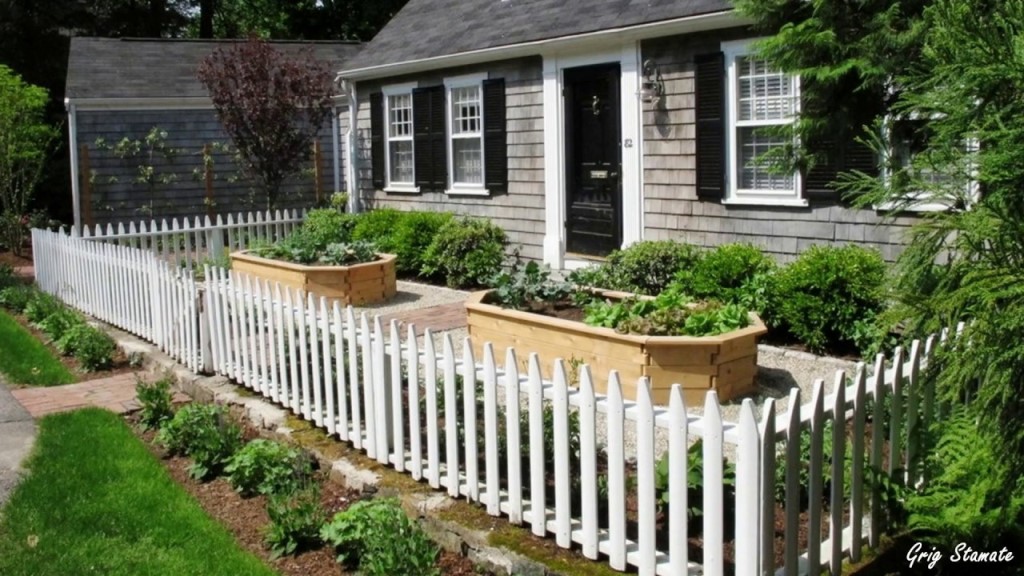If you’ve always wanted to grow your vegetables at home, a well structured and planned kitchen garden can make your wish plausible.
The good thing here is you’re not alone in this. Gardening has always helped us connect better with nature and satisfy the innate need to nurture. There’s a gratifying feeling of watching life grow and thrive from your care.
Also, people are becoming more aware of the importance of staying and eating healthy.
Alas, it’s the healthier way to get our hands dirty while ensuring there’s a steady supply of herbs and vegetables at a minimal cost.
What is a Kitchen Garden?
A kitchen garden is a strategically located garden where herbs, vegetables, and fruits are grown for domestic use.
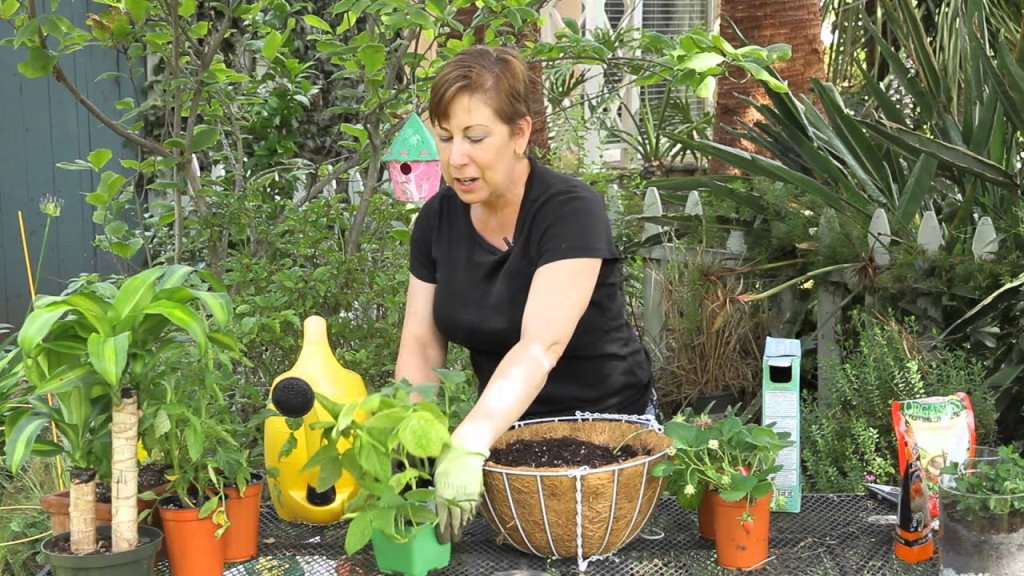
Historically speaking, Kitchen gardens used to be a sectioned area of a large family garden where vegetables are grown for household consumption.
In recent times, however, kitchen gardens are being located closer to the kitchen and can be found right in the kitchen.
Whether yours is located in the kitchen or right out the backdoor, the important thing is, the kitchen garden provides an excellent way to grow and harvest herbs and vegetables.
Why Would You Want a Kitchen Garden?
While having little to no outdoor space at home is reason enough to have a kitchen garden, there are great many more reasons to start a garden in your kitchen. Here are a few;
- A garden kitchen requires minimal effort to set up and maintain but still yields fresh produce throughout the season.
- It is also a great way to grow and eat fresh and 100% organic vegetables as it does not require commercially sold fertilizers to flourish. Homemade manure from kitchen wastes can be easily made by decomposing fruit peels and blending rotten fruits and damaged vegetables.
- It’s a minimalist way of ensuring little to nothing goes to waste and most garbage gets recycled including wastewater that can be used for irrigation.
- It is cost-effective when compared to buying vegetables from the grocery store every time you need it. Young plants and seeds are affordable to buy and will yield produce multiple times the original value
- Garden-grown vegetables also have better taste and texture compared to frozen and regular vegetables from the store.
- It gives you total control of how and where the vegetables you consume are grown.
- The presence of plants around also helps purify the air by removing carbon dioxide from the air and supplying oxygen in return.
How to Create a Kitchen Garden Easily Indoors and In Small Spaces?
One of the most important things to consider when creating a kitchen garden is how to maximize productivity with whatever small space you have. To have a high yield and a good return from your effort investment, a lot of planning, strategy, and structure development must be done.
Let’s dig into the five major steps to easily create a kitchen garden indoors and in small spaces.
Determine and plan what you will like to grow
As you will be working with a limited amount of space, you don’t need to plant unnecessary vegetables. Determine what’s important to you and your family and only plant the relevant vegetables. The key here is to start simple and keep things uncluttered.
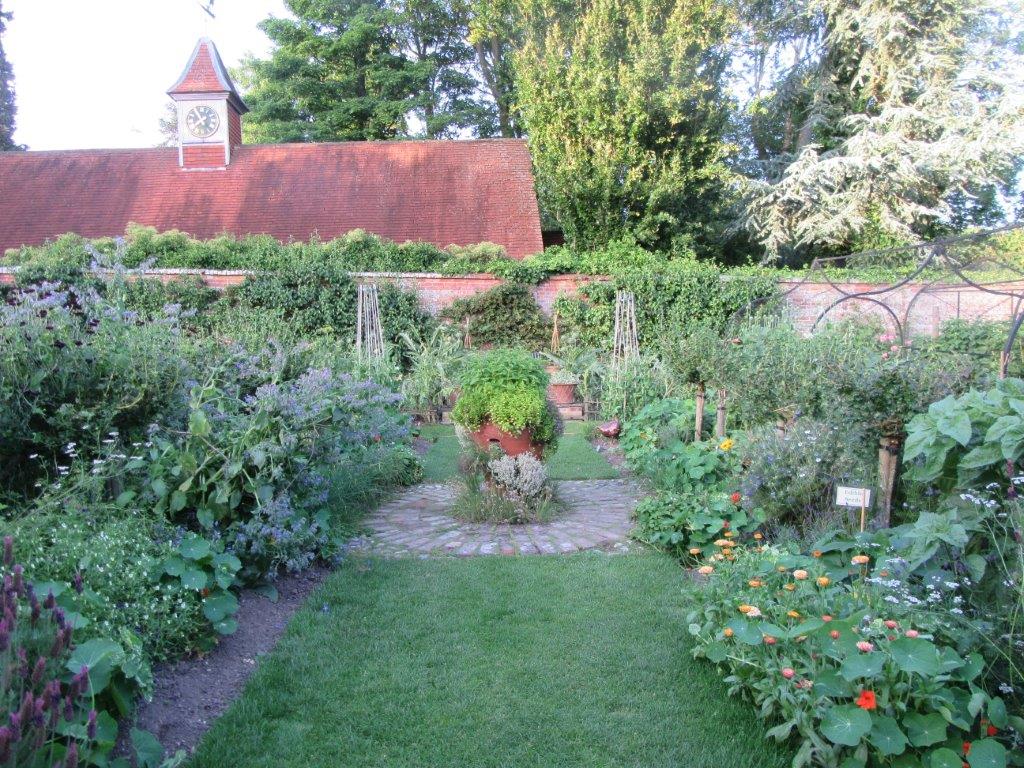
Most kitchen gardening will be taking place in containers and might have more than one plant in each container. These pots or plastic containers are treated as a small area on a piece of land and will need methodical planning when cultivating more than one crop.
You can practice successive planting to maximize land area and yields. For instance, to ensure there’s a steady supply of vegetables throughout the seasons, cultivation is planned accordingly. Cool spring crops like lettuces, broccoli, and radishes are grown early spring. After these have been harvested, the same pot can be used to grow heat-loving vegetables like tomatoes, bell peppers, and spinaches in summer.
Also, using the maturity period, more than one noncompetitive vegetable can be simultaneously grown in a small pot. Garlic for example has a longer maturity date compared to most vegetables hence, can be grown with early sprouting plants.
It is important to research and find out more about the vegetables you wish to grow. This will ensure you make intelligent decisions in your planning and avoid harmful mistakes like introducing exotic plants in your garden.
The quantity of seed or seedling of the vegetable you want to plant should be planned also to avoid having more produce than you and your family can consume. Vegetables like tomatoes and peppers will only require a few seeds as it will continue to yield throughout its season while carrots and radishes can only be harvested once so will need to be replanted when exhausted.
Location of the Garden
The location of a kitchen garden is mostly determined by sun exposure and the type of vegetable. Sunlight is important for photosynthesis in plants as it is how plants produce nutrients to grow.
Sun-loving plants are best grown where there’s optimum sun exposure such as the backdoor or a window facing the southeast.
Shade-loving plants can be grown conveniently inside the kitchen and exposed to sunlight once in a while.
Citing the garden close to the kitchen is also convenient as it will lessen the stress of watering and nurturing.
Selecting appropriate soil
The soil in which the plant is grown is an important determining factor in the fate of the plant. Rich and earthly soils are needed by the plants to thrive well and give healthy produce. The texture of the soil used is important as it will determine how well the soil drains and retains nutrients for plant use.
The soil particles must not be too loose or tight. Sandy soils usually have large particles that are loosely packed and thus drain quickly, making it hard to retain water and nutrients. While clay soil has too fine particles that are tightly packed thus impacting aeration.
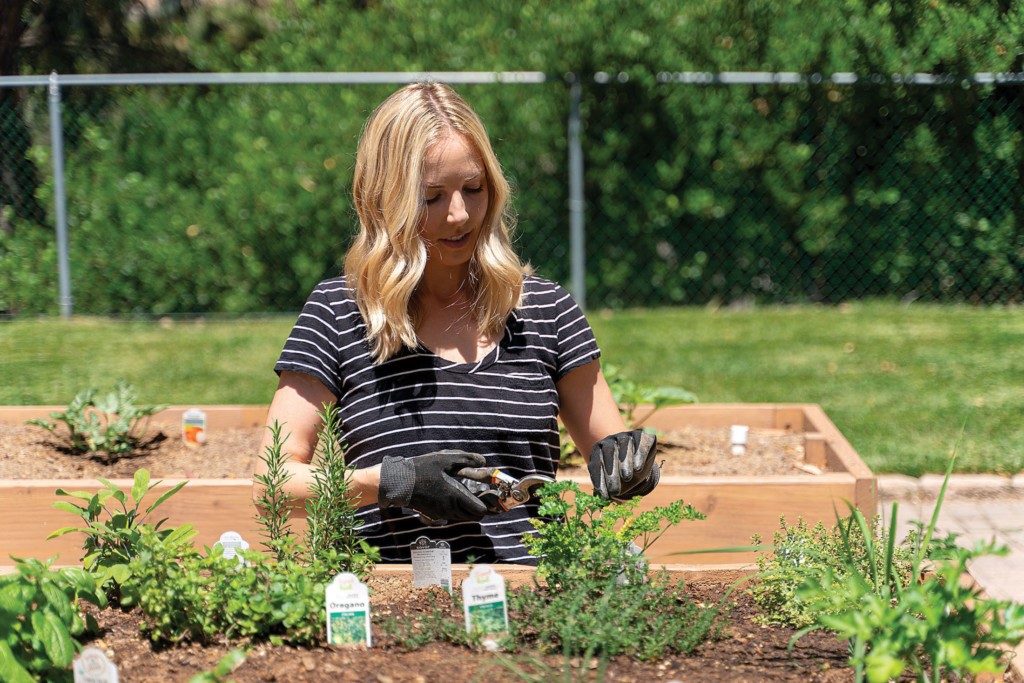
A simple soil drainage/texture test
Soak the soil in water overnight then take a chunk in your hand and squeeze. If water drains out, the soil is sandy and drains easily.
Release your hold on the soil. If the formed ball scatters on release, the soil is too sandy.
However, if the ball stays intact on release and only crumbles on poke, the soil is in good planting condition.
If the ball doesn’t crumble when poked, the soil has too much clay.
However, it doesn’t matter if you have sandy or clay soil because both can be improved by adding compost.
Soil improvement is to prepare the soil for planting. This is done by working the compost into the soil using a spade. Then make it smother by gently raking the surface and water thoroughly. Leave for several days before use to allow the organic matter to complete improvement.
This organic matter when added improves water holding capacity of sandy soil and can also help loosen the particles of clay soil to better allow oxygen.
Garden layout
For optimum sun exposure, gardens should be cited in the unshaded area. If the kitchen garden is to be in the kitchen, plant containers should be placed close to the window. Keep in mind that your kitchen design and layout will surely play a role in how your gardens can be situated.
The best layout for kitchen gardens in small spaces is to plant different seeds closely in the pot to ensure every square inch of the prepared soil is used. The seeds are sown closely but not too close that leaves touch each other at maturity. The layout reduces the overall amount of containers for gardening
Here are some common vegetable combination
- Bell pepper, purple basil, and sweet corn.
- Tomatoes, bell pepper, oregano.
- A pot of parsley, spring onions, baby spinach, chives.
Garden care and weeding
After putting together your beautiful garden, it’s your tender nurturing that will make it survive. Regular watering and weeding are key in the maintenance of a garden.
Plants need regular water supply to survive as they use it in their photosynthesis process. The frequency of watering and the amount of water needed can be based on weather conditions and the composition of the soil. Clay soil can retain water better, thus requiring less watering compared to sandy soil.
Cool and cloudy weather allows the soil to retain water longer thus requiring less frequent watering while dry and hot conditions dry the soil fast and so require more water.
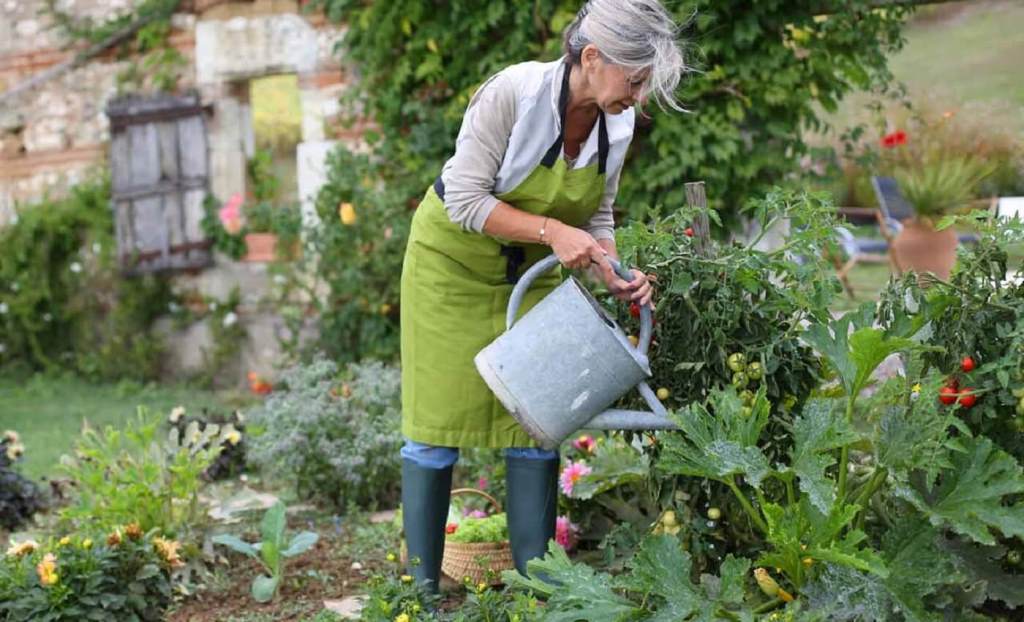
The presence of weeds is inevitable however it must be promptly eliminated to give your vegetable the best survival chance. If encouraged in the garden, weeds will compete with vegetables for water, sunlight, and nutrients.
Weeds must, therefore, be eliminated once noticed.
A preventive practice is regularly raking the surface of the soil. This will prevent any weed seedling from taking root and developing.
Conclusion
There’s nothing more gratifying than watching your very own home-grown vegetables blossom before your eyes.
A kitchen garden provides a year-round steady supply of fresh vegetables, herbs, and fruits that are undoubtedly organic and healthy.
Author Bio
Rukayat Adedeji is a web content writer with over 3 years of writing experience. She spends her day creating content and her night reading what to write next. She’s currently an SEO writer at MGC Decks where she enlightens homeowners on how to improve the design and aesthetics of their home.
